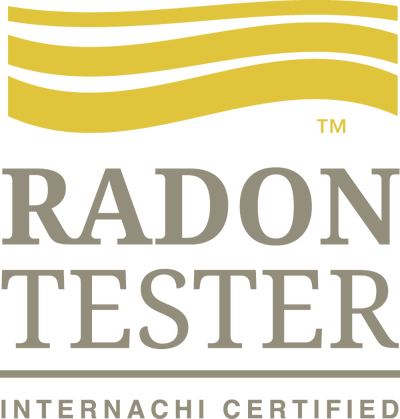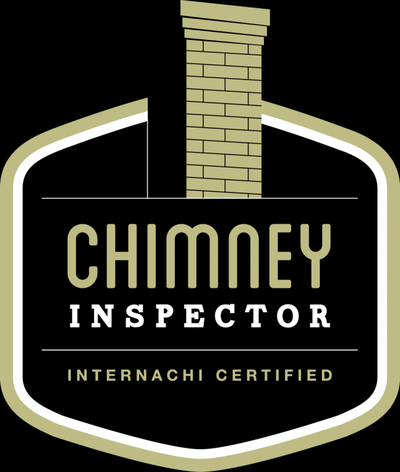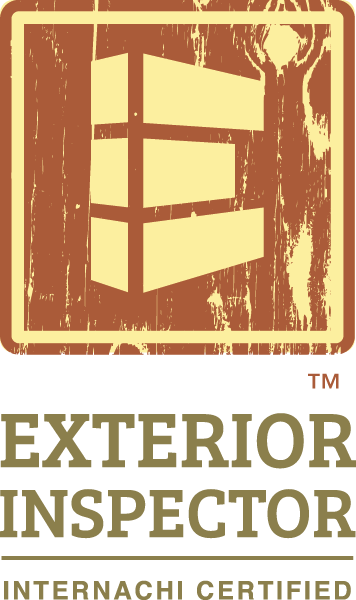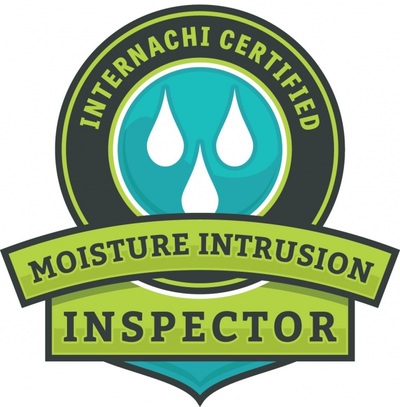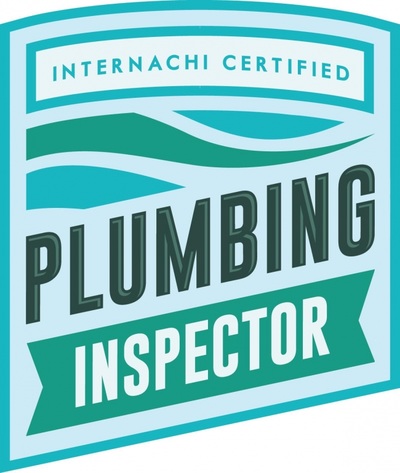|
by Nick Gromico and Ethan Ward 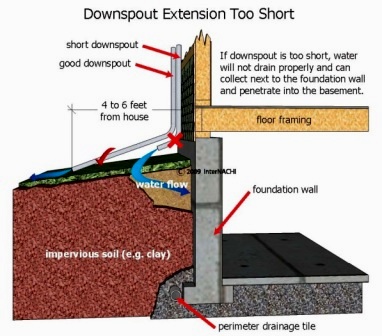 Water Damage Concerns Basements are typically the area of a structure most at risk for water damage because they are located below grade and surrounded by soil. Soil releases water it has absorbed during rain or when snow melts, and the water can end up in the basement through leaks or cracks. Water can even migrate through solid concrete walls via capillary action, which is a phenomenon whereby liquid spontaneously rises in a narrow space, such as a thin tube, or via porous materials. Wet basements can cause problems that include peeling paint, toxic mold contamination, building rot, foundation collapse, and termite damage. Even interior air quality can be affected if naturally occurring gasses released by the soil are being transmitted into the basement. Properly waterproofing a basement will lessen the risk of damage caused by moisture or water. Homeowners will want to be aware of what they can do to keep their basements dry and safe from damage. Inspectors can also benefit from being aware of these basic strategies for preventing leaks and floods. Prevent water entry by diverting it away from the foundation. Preventing water from entering the basement by ensuring it is diverted away from the foundation is of primary concern. Poor roof drainage and surface runoff due to gutter defects and improper site grading may be the most common causes of wet basements. Addressing these issues will go a long way toward ensuring that water does not penetrate the basement. Here are some measures to divert water away from the foundation:
Repair all cracks and holes. If leaks or seepage is occurring in the basement's interior, water and moisture are most likely entering through small cracks or holes. The cracks or holes could be the result of several things. Poor workmanship during the original build may be making itself apparent in the form of cracks or holes. Water pressure from the outside may be building up, forcing water through walls. The house may have settled, causing cracks in the floor or walls. Repairing all cracks and small holes will help prevent leaks and floods. Here are some steps to take if you suspect that water is entering the basement through cracks or holes:
Once all runoff has been thoroughly diverted away from the foundation, and all cracks and holes have been repaired and no leaking is occurring, a waterproof sealant can be applied as a final measure. Sodium silicate is a water-based mixture that will actually penetrate the substrate by up to 4 inches. Concrete, concrete block and masonry have lime as a natural component of their composition, which reacts with the sodium silicate to produce a solid, crystalline structure which fills in all the microscopic cracks, holes and pores of the substrate. No water vapor or gas will be able penetrate via capillary action because the concrete and masonry have now become harder and denser from the sodium silicate. Here are some steps and tips for its application:
Craftsman Home Inspections llc is a home inspection and Radon Testing company proudly serving the Aurora CO and Denver CO Metro Areas. If you are looking for a Home Inspector in Aurora or Denver, please give us a call at 720-593-0383 or check us out online at CraftsmanColorado.com or simply schedule your home inspection below.
SCHEDULE INSPECTION
1 Comment
2/25/2022 03:41:24 am
Water damage is a broad term that encompasses a variety of water-related incidents, from a broken pipe to a severe storm. The most common type of water damage is caused by rain or water seeping in through a crack in the roof or foundation. Regardless of the cause, water damage can result in extensive property damage and serious health risks if not addressed quickly.
Reply
Leave a Reply. |
AuthorCraftsman Home Inspections. We are your Aurora and Denver Colorado Home Inspectors. Here you will find useful information about the Home Inspection industry as well as home maintenance tips. Archives
April 2020
Categories |
Our
|
Craftsman Home Inspections llcAt Craftsman Home Inspections we are professionals who promise to give you our best Home inspection every time.
|

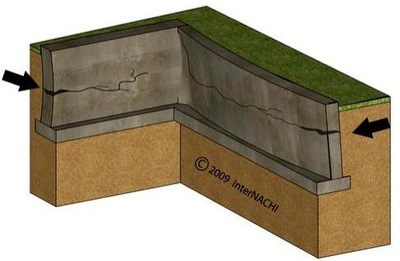
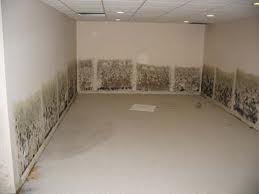
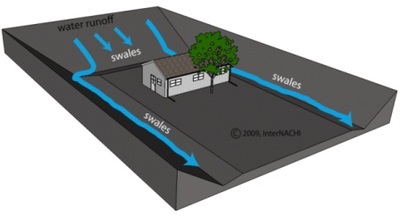
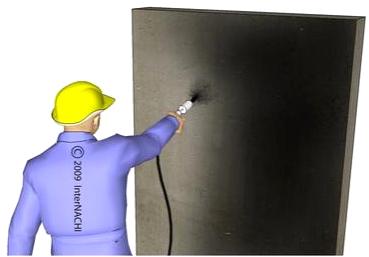
 RSS Feed
RSS Feed
